
Woods I use
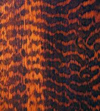 |
Snakewood: Probably the most commonly used wood in baroque bows, it is named for its distinctive black-brown swirl on a brown background. It must have been highly prized, as one sees old classical bows painted to look like snakewood, clearly in a period where it was scarce, but still desired. It is one of the densest woods, its density is 1.25; and it sinks in water. |
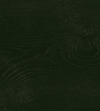 |
Black Ebony: The blackest ebony is known as Gabon ebony, and comes from Africa. I have seen various original baroque bows in ebony (and copies). They have the most beautiful ethereal sound, but lacks the elasticity of snakewood and any other bow woods, so can be very difficult to play with. It is also a very dense wood. It is most commonly seen in frogs, for its weight, and stability. |
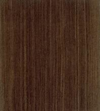 |
Cocuswood/Green ebony: a beautiful stripey wood, less dense than black, more a greeny-brown than very green, and similar qualities to black ebony. I have used it in very early bows with much success. |
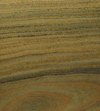 |
Lignum Vitae: Wood of Life is a stunningly beautiful wood. |
 |
Swartzia Bania: Used in classical bows. There are various old bows where the actual wood is very hard to identify, and we use many varying woods to create bows with similar properties. |
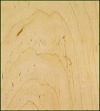 |
Maple: One of the few 'local' woods. It grows throughout Europe. I use this in early renaissance and medieval clip in bows. The lightness of the bow allows different overtones out of the instrument. |
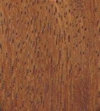 |
Ironwood:Used in classical bows. I've seen lots of old classical french bows from ironwood. Strength and density are its main qualities.It often looks much darker in colour than the picture on the left. |
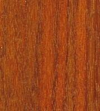 |
Pernambuco: The main wood used today in modern bows is pernambuco. Originally used in the 18th century for dying, it has a vibrant orange-red colour when cut. Bowmakers soon recognised its potential. |